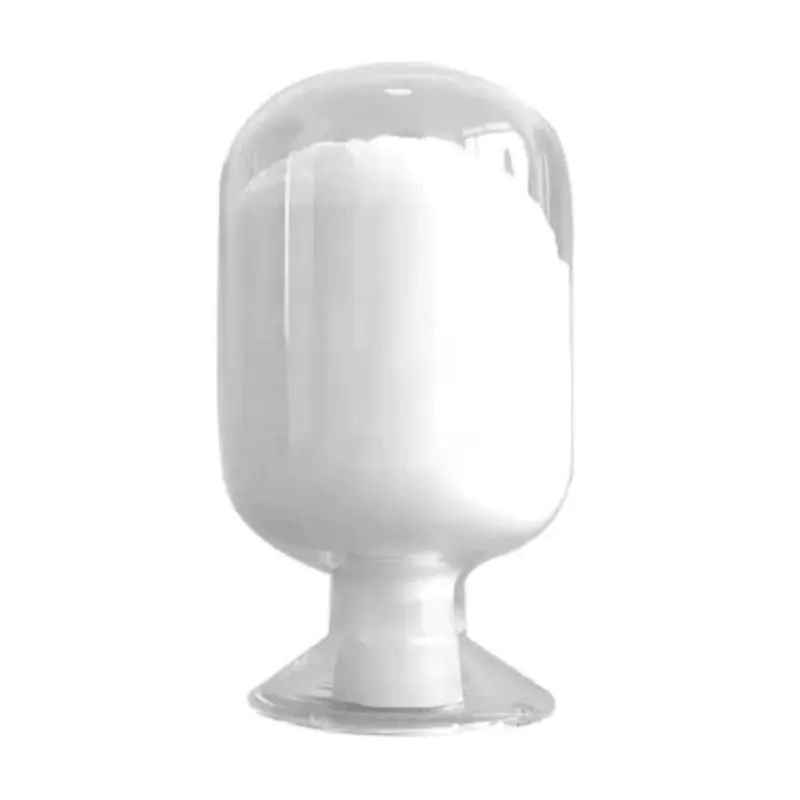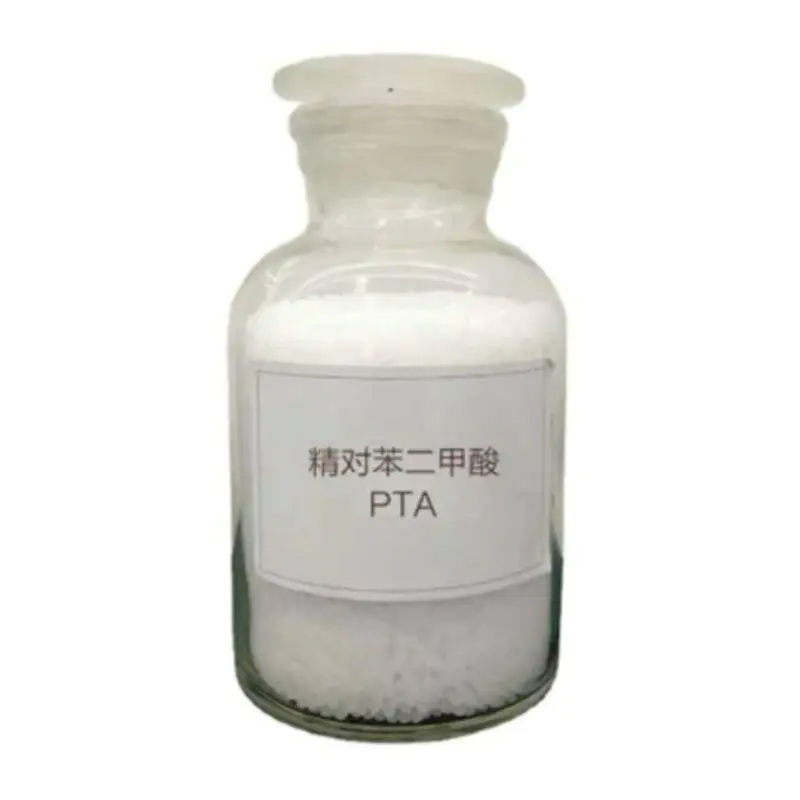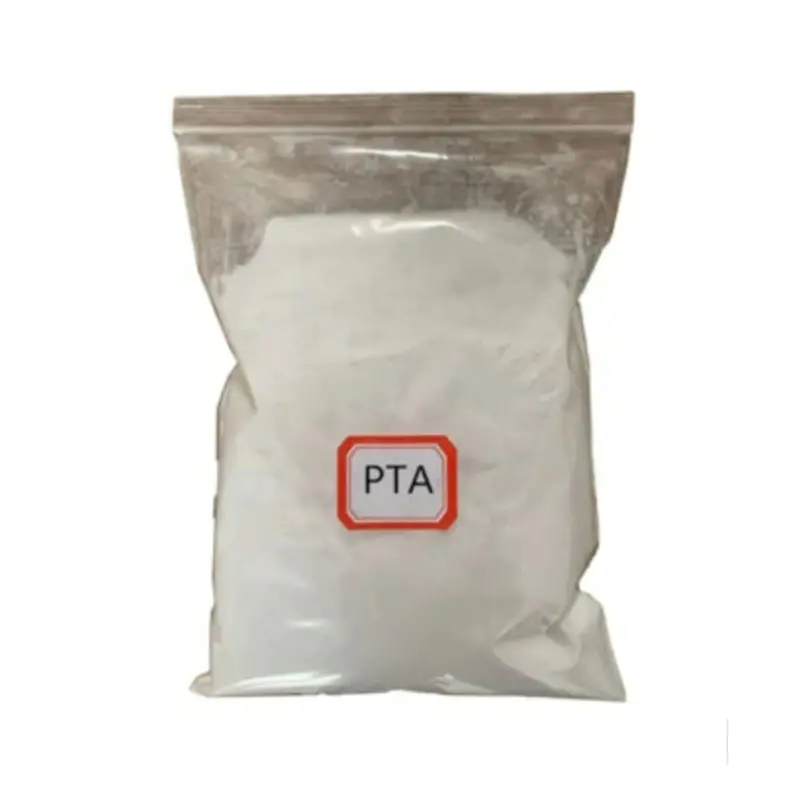Polyester is one of the most widely used synthetic materials in the world, known for its versatility, durability, and cost-effectiveness. Here’s an overview of the basic information about polyester, including its properties, types, and common uses.
1. What is Polyester?
Polyester is a synthetic polymer made from petrochemicals, primarily derived from petroleum. The term "polyester" refers to a category of polymers that contain ester groups in their chemical structure. It is most commonly produced as polyethylene terephthalate (PET), which is used in textiles and plastic applications.
2. Key Properties of Polyester
- Durability: Resistant to wear, tear, and stretching.
- Moisture Resistance: Dries quickly and resists water absorption.
- Wrinkle Resistance: Naturally resists wrinkles, making it ideal for low-maintenance garments.
- Lightweight: Despite its strength, polyester is lightweight.
- UV Resistance: Resists fading when exposed to sunlight, making it suitable for outdoor applications.
- Chemical Resistance: Resistant to many chemicals and oils.
- Thermal Properties: Can retain shape under moderate heat but is prone to melting at high temperatures.

3. Types of Polyester
1. PET (Polyethylene Terephthalate)
- Most common type used in textiles and bottles.
- Lightweight, strong, and recyclable.
2. PBT (Polybutylene Terephthalate)
- More flexible and elastic than PET.
- Often used in automotive and electrical industries.
3. Recycled Polyester (rPET)
- Made from recycled plastic bottles and waste materials.
- Eco-friendly alternative to virgin polyester.
4. Applications of Polyester
a) Textiles and Apparel
- Used in clothing, upholstery, curtains, and carpets.
- Blended with natural fibers like cotton to enhance durability and wrinkle resistance.
b) Packaging
- PET is widely used in manufacturing plastic bottles and containers.
c) Industrial Uses
- Conveyor belts, ropes, and safety belts.
- Used in construction materials such as geotextiles.
d) Home Furnishings
- Bedding, cushions, and upholstery fabrics due to its soft feel and durability.
e) Films and Electronics
- Polyester films are used in electrical insulation and as a base material for magnetic tapes.
5. Environmental Impact of Polyester
- Non-Biodegradable: Traditional polyester takes decades to decompose.
- Microplastics: Washing polyester garments can release microplastics into waterways.
- Recycling: rPET offers a more sustainable option, reducing reliance on virgin petrochemicals.
6. Advantages of Polyester
- Affordable compared to natural fibers.
- Requires minimal maintenance.
- Long-lasting and versatile.
7. Limitations of Polyester
- Less breathable compared to natural fibers like cotton or wool.
- Can retain odors if not washed properly.
- Environmental concerns due to its synthetic nature.
Shanshan Resources Group was established in 2010, which is a first-class subsidiary of Shanshan Holdings Limited, focusing on the manufacture and trading of bulk commodities. Shanshan Resources Group has a registered capital of RMB 200 million and four core subsidiaries.Welcome inquiries from all over the world. Visit our website at www.nbssres.com to learn more about our products. For inquiries, you can reach us at sales@fylvalve.com.







